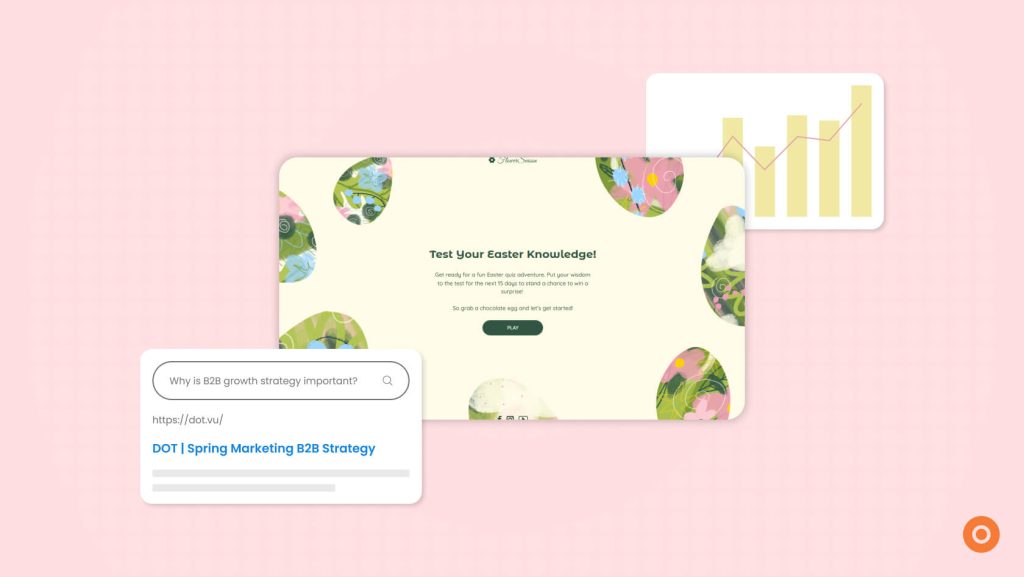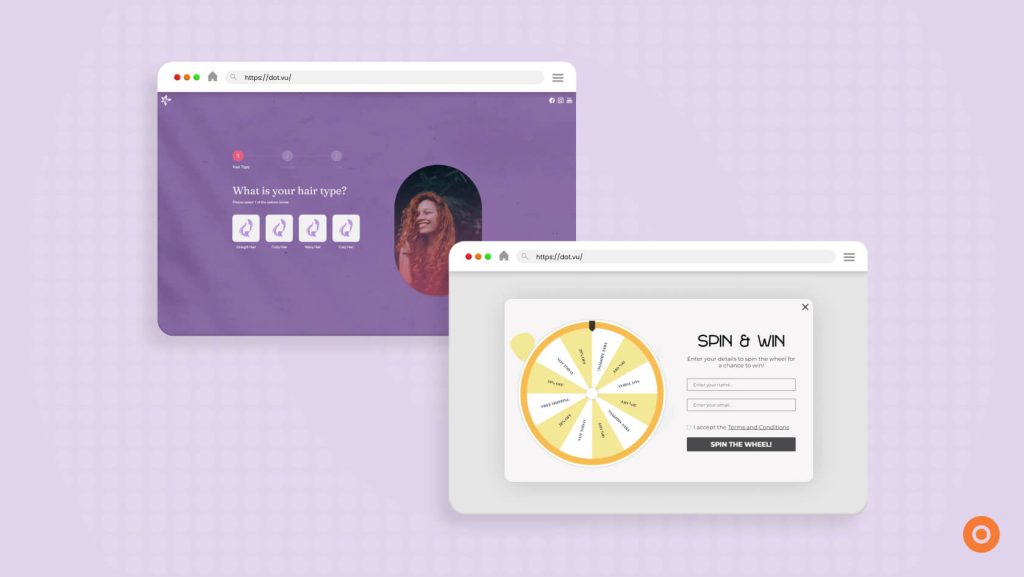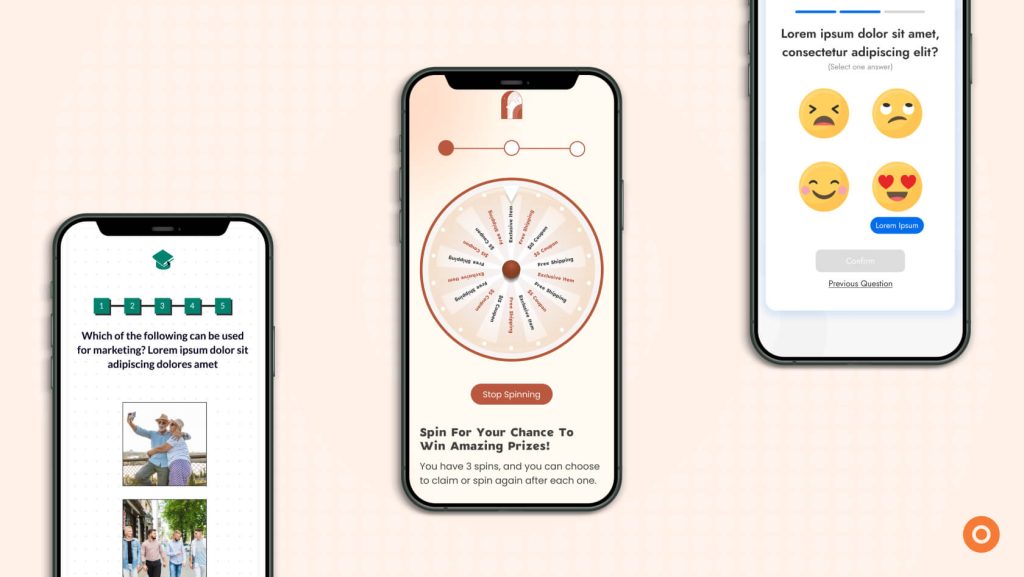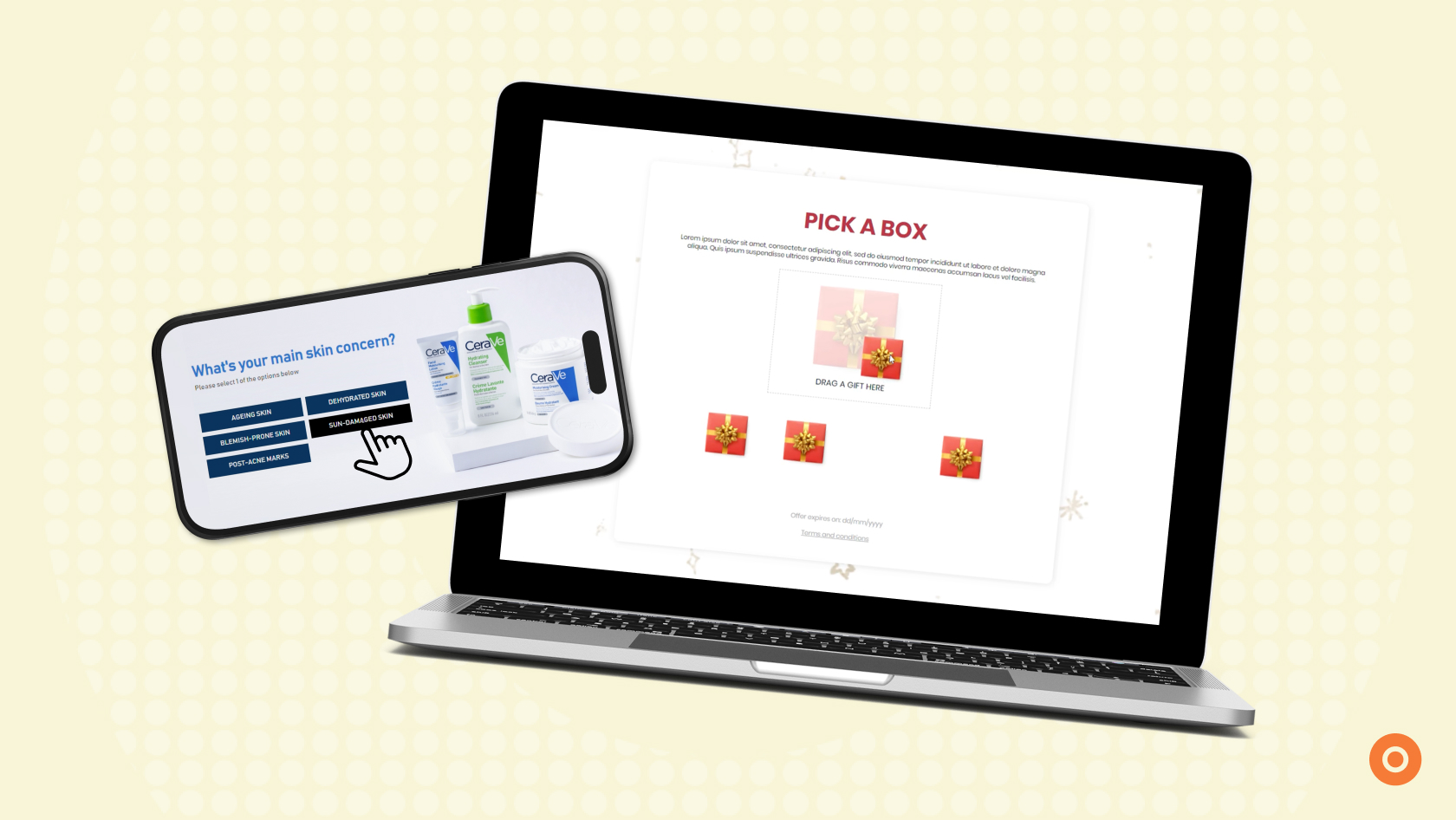
Creativity draws a line between campaigns people scroll past and campaigns people send to the group chat. We’re living in the golden age of creative marketing, where attention spans are microscopic and the brands winning hearts (and budgets) are the ones that actually surprise people.
But creativity in marketing isn’t about random cleverness. It’s about delivering your message in a way that makes people stop, feel, and remember. That’s what separates the brands that inspire fandom from the ones still begging for clicks.
In this post, we’re diving into creative marketing examples from real brands — the campaigns that hit the sweet spot between imagination and ROI.
Table of Content:
What Counts as Creative Marketing?
If you’re picturing flashy visuals and artsy taglines, you’re only seeing the surface. Creative marketing is so much bigger than that. It’s how a brand communicates, connects, and stands out through storytelling, timing, and sometimes pure audacity.
(And if you want the full breakdown, here’s the 411 on creative marketing — the detailed guide that covers what it is and why it works.)
The magic of creative marketing comes from its blend of strategy and emotion. It’s not just how it looks, but how it feels — and how effectively it drives behavior. For instance, it can an interactive digital stunt, a heartfelt storytelling campaign, or a bit of tongue-in-cheek humor that hits just right. The bottom line is creativity is what makes the message land.
And here’s some hard data to back that up: 56% of sales lift comes from creative quality.
So yeah, good targeting matters. But creativity? That’s what makes people actually care.
Why Creative Marketing Examples Matter
Every marketer says they want to “be more creative,” but very few actually study how creativity shows up in the real world. That’s why creative marketing examples matter — they turn abstract “think outside the box” advice into real, measurable proof.
You don’t have to copy what others are doing. It’s all about seeing how different brands combine storytelling, data, and delivery to make people feel something. Because when it works, it really works.
Brands that prioritize creativity are 3.5x more likely to achieve significant growth. This number backs up what we’ve all felt in our guts for years: creative marketing moves the needle.
Here’s why these examples are worth paying attention to:
They show what works right now. Studying creative marketing examples in 2025 means you’re tracking what’s resonating with audiences today, not three campaigns ago.
They spark new ideas. Every great marketer borrows inspiration — the trick is knowing how to remix it, not replicate it.
They bridge creativity and performance. You can see exactly how a clever idea turned into engagement, conversions, or press buzz.
They build creative instinct. The more you analyze successful campaigns, the faster you recognize what’s missing in your own.
Consumers expect more than polished visuals now. They want experiential marketing, stories they can interact with, and campaigns that feel personal — not mass-produced.
That’s why we’re breaking down real creative marketing examples from top brands next. These campaigns didn’t just turn heads — they earned results using bold storytelling and Interactive Content marketing.
Real Creative Marketing Examples from Top Brands
Let’s get into the fun part — the brands that didn’t just talk about creativity, they proved it. These creative marketing campaign examples show how innovation, interactivity, and personalization can turn ordinary campaigns into performance machines.
Superdrug: Empowering Choice with Product Finders

Campaign Objective:
Make online shopping simpler and more personal for health and beauty customers by guiding them toward the right products through interactive experiences.
The Creative Angle:
Superdrug used Interactive Content marketing to bring personalization to life. With Product Finders built directly into their website, shoppers could answer short, easy questions to get curated recommendations across categories — from skincare to prescriptions.
These experiences didn’t just recommend products; they included expert advice and educational links tailored to each user’s choices. It turned what could’ve been a basic “search and scroll” into a guided consultation, all without leaving the site.
Results:
- 4x higher conversion rates (from 3–4% up to 12–13%)
- 1.5 million average weekly visits
- Lower bounce rate and improved shopping satisfaction
Takeaway:
Superdrug nailed the formula of marketing creativity + utility. The lesson? Simplicity wins when it solves a real customer pain point. Personalization doesn’t need to be flashy — just smart.
Watsons: Reinventing Loyalty with a Digital Stamp Game
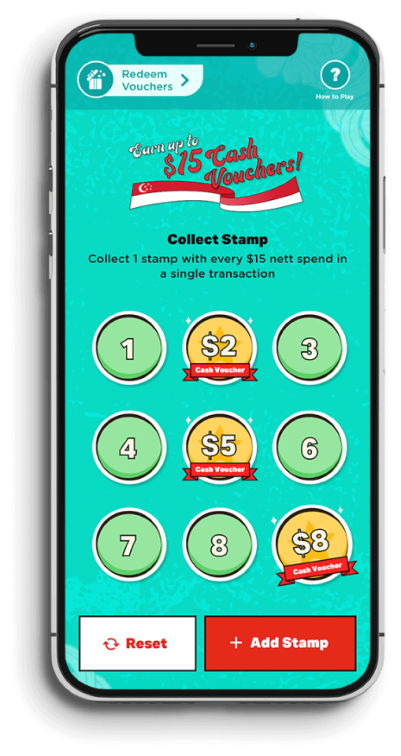
Campaign Objective:
Transform the traditional “stamp card” reward system into a seamless digital experience that feels modern, sustainable, and fun.
The Creative Angle:
Watsons Singapore traded paper stamp cards for a digital, gamified loyalty program that lives right on customers’ phones. The experience lets users collect digital stamps via QR codes, track redemptions in real time, and instantly access vouchers.
This shift wasn’t just about convenience — it made brand storytelling and sustainability tangible. The campaign aligned with Watsons’ goal to reduce paper waste while connecting with younger, mobile-first shoppers.
Results:
- Higher engagement and repeat purchases
- Easier data tracking and faster voucher redemption
- Increased member conversions and customer loyalty
Takeaway:
Watsons proved how experiential marketing can elevate even the most traditional loyalty programs. By merging convenience, play, and purpose, they created an Interactive Experience customers actually wanted to return to.
Motorola: Leveling Up Engagement Through Gamification

Campaign Objective:
Boost engagement and conversions through interactive, low-barrier digital experiences that entertain and reward users.
The Creative Angle:
Motorola turned engagement into a game — literally. With the help of Dot.vu, they launched a Spin-and-Win marketing game that let users play for rewards. After seeing success in the UK, the campaign expanded to over 15 countries, introducing more game types like digital scratch cards and pick-a-box contests.
This move blended creative brand promotion with interactivity, showing that engagement doesn’t have to feel like marketing — it can feel like fun.
Results:
- 2x higher conversion rates
- Expanded reach across EMEA, Brazil, and Mexico
- Increased engagement and repeat participation
Takeaway:
Gamification works because it taps into emotion and instant gratification. Motorola’s campaign is a blueprint for brands that want to boost engagement through creative interactivity — proof that play can drive profit.
Burger King: Whopper Detour

Campaign Objective:
Promote Burger King’s new mobile order-ahead feature and boost app downloads through a bold, tech-driven stunt that mixed humor with smart targeting.
The Creative Angle:
Burger King’s Whopper Detour campaign turned a simple app update into one of the most talked-about creative marketing examples of the decade. For one week, anyone within 600 feet of a McDonald’s could unlock a Whopper for just one cent—but only by ordering through the Burger King app.
Once the order was placed, the app navigated customers away from McDonald’s and straight to the nearest Burger King to pick up their food. It was a cheeky mix of brand storytelling, mobile marketing, and competitive genius that used geo-fencing to perfection.
Results:
- 1.5 million app downloads in the campaign window (Dec 4–12)
- Burger King became the #1 most-downloaded app in Apple’s App Store for several days
- The stunt boosted awareness of its new order-ahead feature and delivered a spike in engagement among younger, mobile-first consumers
Takeaway:
This campaign is a textbook example of marketing creativity done right: part technology, part mischief, and fully on-brand. It proved that bold ideas backed by smart digital execution can turn even a one-cent burger into millions of new customers.
Source: Burger King’s ‘Whopper Detour’ generated 1.5 M app downloads.
Netflix: Stranger Things and the Art of Turning Marketing Upside Down

Campaign Objective:
Build hype for new seasons of Stranger Things and strengthen Netflix’s position as a leader in creative, fan-driven storytelling.
The Creative Angle:
Netflix didn’t just promote Stranger Things — they turned it into an experience. Through a mix of nostalgia, innovation, and smart cross-branding, the show became a masterclass in experiential marketing and Interactive Content marketing. All they did was:
- Nostalgia That Sells: The show leaned hard into 80s culture — from the soundtrack to brand tie-ins with Burger King, Coca-Cola, and Reebok. It wasn’t just set dressing; it was emotional targeting. The throwbacks made fans feel something familiar, which made the entire campaign stick.
- Interactive Ads: Netflix brought the Upside Down to life with AR lenses on Snapchat, including one that opened a 3D portal into the show’s world. It blurred the line between watching and experiencing — a literal invitation for fans to step inside.
- Strategic Partnerships: Netflix proved how creative collaborations amplify storytelling. With Spotify playlists that transported listeners to Hawkins, Lyft’s “Strange Mode” rides that mimicked the eerie vibe of the series, and Microsoft’s revival of Windows 1.0 from 1985,
Results:
- Stranger Things 3 became the most-watched release in Netflix history within its first four days.
- Massive global buzz across media, fandoms, and social platforms.
Takeaway:
When creativity meets interactivity, fans don’t just watch—they participate. Netflix showed that innovative storytelling can turn audiences into ambassadors.
Source: How Stranger Things is Turning Experiential Marketing Upside Down.
Lazada SG: Squid Game Gamified Shopping

Campaign Objective:
Create excitement and drive participation during the “12.12 All Out Sale” by blending entertainment, nostalgia, and interactivity into one creative, high-energy campaign.
The Creative Angle:
Lazada Singapore went full pop-culture mode with a creative marketing campaign inspired by Squid Game. The eCommerce platform launched a “Scissors, Paper, Stone” showdown, challenging users to beat a Lazada delivery guard (pink poncho and all) for a chance to win the “Queen Stash” — SG$500 worth of vouchers.
The brand didn’t stop at offline stunts. Online, users could join a virtual game of Scissors, Paper, Stone to win vouchers, and chat with Lazada’s AI assistant “Lazzie” to take part in the “Lazzie Chat Hunt,” offering up to SG$888 in daily LazCash prizes.
Results:
- Huge online participation through both the microsite and app game
- Strong social engagement from TikTok and video content
- Buzzworthy coverage across media for its bold entertainment-first approach
Takeaway:
E-commerce brands can thrive by making their platforms feel like a playground. Gamified shopping proves that loyalty grows faster when customers are having fun.
Source: Lazada SG takes ‘Squid Game’ to homes in gamified campaign.
How to Create a Creative Marketing Strategy
So, you’ve seen what great creative marketing looks like — now let’s talk about how to actually build one yourself. Because behind every bold campaign is a solid creative marketing strategy holding it together.
The secret? It’s not magic. It’s structure. The best marketers follow a clear process that keeps creativity from floating off into “nice idea, no execution” territory.
Here’s a quick breakdown to get you started:
1. Know Your Audience Like the Back of Your Hand
Creative ideas mean nothing if they don’t land. Get to the heart of your audience — what makes them laugh, click, share, and buy. This is where brand storytelling starts: when your message feels personal, not generic.
2. Lead With Emotion (and Back It With Strategy)
Whether it’s humor, nostalgia, or a bit of healthy chaos, emotion is what people remember. The smartest creative campaigns blend heart with data — marketing creativity meets measurable results.
3. Test, Learn, Repeat
No campaign comes out perfect. The pros test early, learn fast, and double down on what works. That’s how creative marketing ideas turn into scalable, repeatable success.
If you’re ready to take your creativity from “good idea” to “working strategy,” check out this guide on creative marketing strategy.
Use Creative Marketing Examples to Inspire Your Next Campaign
Every brand wants to be called “creative.” The difference is that the ones who actually earn that label have a plan — and the guts to try something new.
The creative marketing examples we covered aren’t just cool campaigns; they’re blueprints. Each one proves that creativity doesn’t mean chaos — it means having a clear goal, a strong idea, and the courage to execute it differently than everyone else.
You don’t need a massive budget or a world-famous brand to pull it off. You just need curiosity, empathy for your audience, and the willingness to test bold concepts until they click.
So, bookmark these campaigns. Break them down. Steal (responsibly) what works — the storytelling, the emotion, the interactivity — and remix it for your own brand.
The future of creative marketing in 2025 belongs to marketers who know how to blend art with insight. So go build something unforgettable.
Because if there’s one thing we’ve learned from these campaigns, it’s this: when creativity connects, results follow.

